Microcement outdoors
Microcement in outdoor settings is an excellent option for achieving smooth, and resilient pavement that becomes part of the surroundings. It is ideal for coating terraces, gardens, porches, or patios with high-quality finishes.
Its application on exterior walls and floors allows covering large stretches of ground in one piece. This function translates into modern, easy-to-clean surfaces, as the lack of joints prevents dirt accumulation.
It is the perfect material for completely transforming a home's exteriors. It allows innovation in decor and the creation of personalized spaces that fit any decorative style.
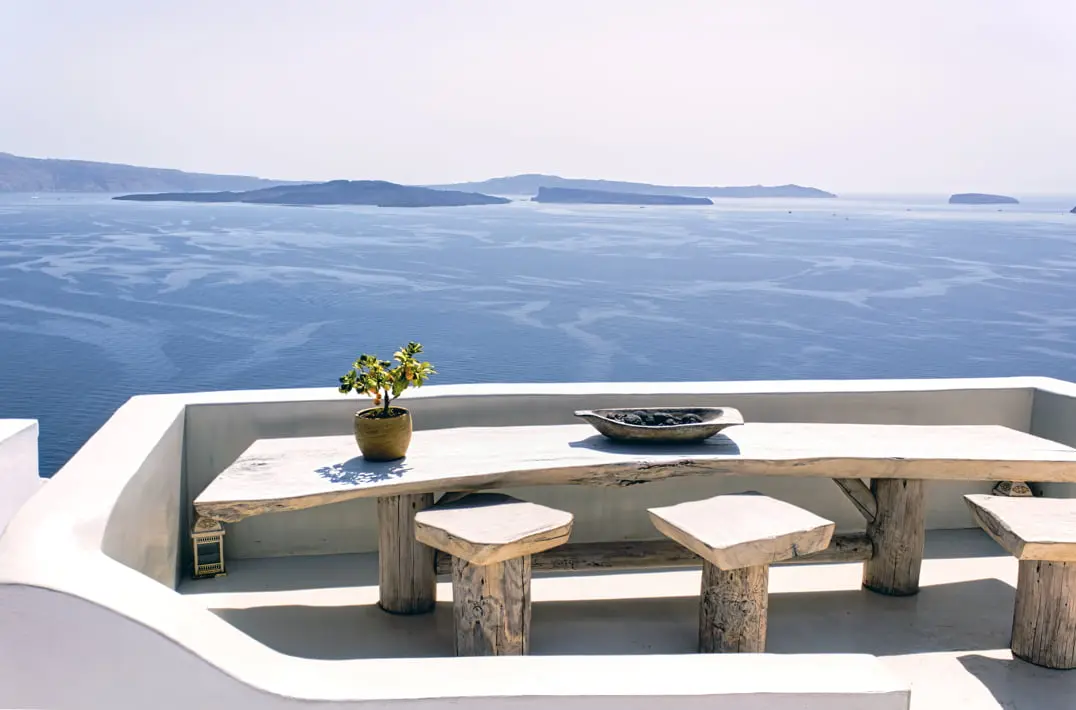
Why apply microcement outdoors
- Outdoor microcement provides strong resistance at its highest level. It is ideal for achieving slip-resistant pavements and surfaces.
- It is a decorative coating resistant to sunlight, chlorine, and temperature changes.
- It creates both walkable and non-walkable surfaces of high hardness.
- Despite its thin thickness, microcement is prepared for application on outdoor surfaces. Its hardness makes it very resistant to impacts, cracking, and weather conditions.
- It is very durable.
- Waterproofness: When a sealer is applied, it obtains waterproof properties which make it the perfect material for coating facades, terraces, and stairs.
- Resistance to cold, sun, rain, and snow. In addition to being heat resistant, microcement offers hardness and does not produce smoke or toxic gases.
- High adherence to any type of support.
- It is a guarantee of safety in any outdoor renovation project.
- Allows cladding of walls, shelves or stairs and can be combined with other materials for outdoor use.
- Offers the creation of non-slip flooring through finishes. The texture that is applied in the coating will be key to preventing falls and slips. The more rough, the less risk of slipping.
- Does not allow the spread of bacteria, fungi or toxic agents.
- Withstands wear and tear, scratches and is resistant to abrasion.
Microcement gallery in outdoor settings
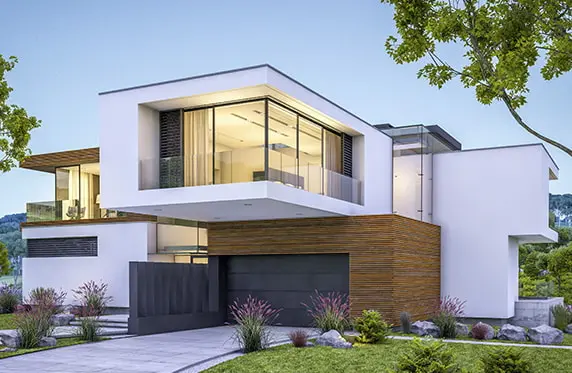
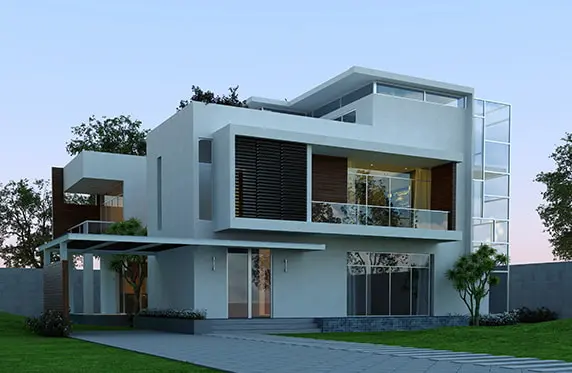
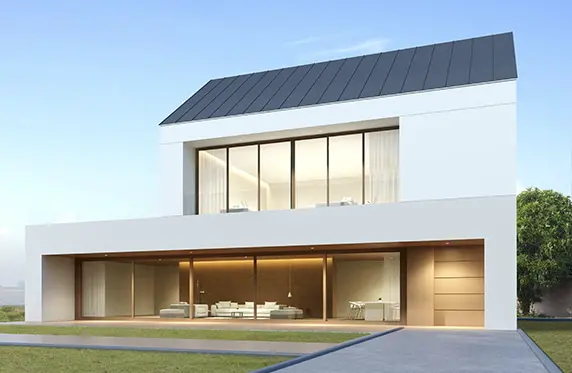
Microcement outdoors: where to apply it?
Microcement outdoors offers excellent decorative possibilities to completely change the appearance of any surface without the need to carry out construction work. Below we detail the uses of microcement in outdoor areas:
- It can be applied on floors to create pavements that enhance the vastness of space. With a new floor, the transformation of the terrace or porch will be total.
- Applicable to cement surfaces, tiles and ceramics without the need to remove the existing pavement, since its thickness does not exceed 3 millimeters.
- Prepare to line exterior walls and ceilings.
- Applicable to plasterboard and plaster sheets.
- Ideal for use in spaces that need a quick and clean renovation. It's perfect for renovating exterior surfaces in a short time.
- It can also be applied to metal surfaces creating beautiful decorative finishes.
- Suitable material for cladding stairs, which requires maximum care. It's a perfect space to create high-decor environments.
Maintenance of outdoor microcement
To apply microcement outdoors, it is crucial to take into account the weather conditions. It cannot be applied if it is raining or snowing.
The ambient temperature for application should range between 20 and 25 degrees.
Once it has been applied, you must wait 7 days before stepping on the microcement pavement.
Apply the varnish more frequently, as outdoor surfaces are exposed to greater wear due to weather conditions and high temperatures.
Constant cleaning to prevent dirt from accumulating on the coating, whether on walkable surfaces or not.
Microcement outdoors to create privileged spaces
Microcement outdoors leads to the creation of privileged spaces that convey much more than a simple architectural style. Through a homogeneous and waterproof finish, the coating is given a personal and modern style.
The microcement coating adapts to outdoor spaces turning sad and dull places into sophisticated settings, whether on horizontal or vertical surfaces.
A flexible material that gives an implicit order to the entire remodeling or renovation project with top performance. Microcement is the solution to achieve a unique and elegant design on a home entrance, the garden, or the terrace.
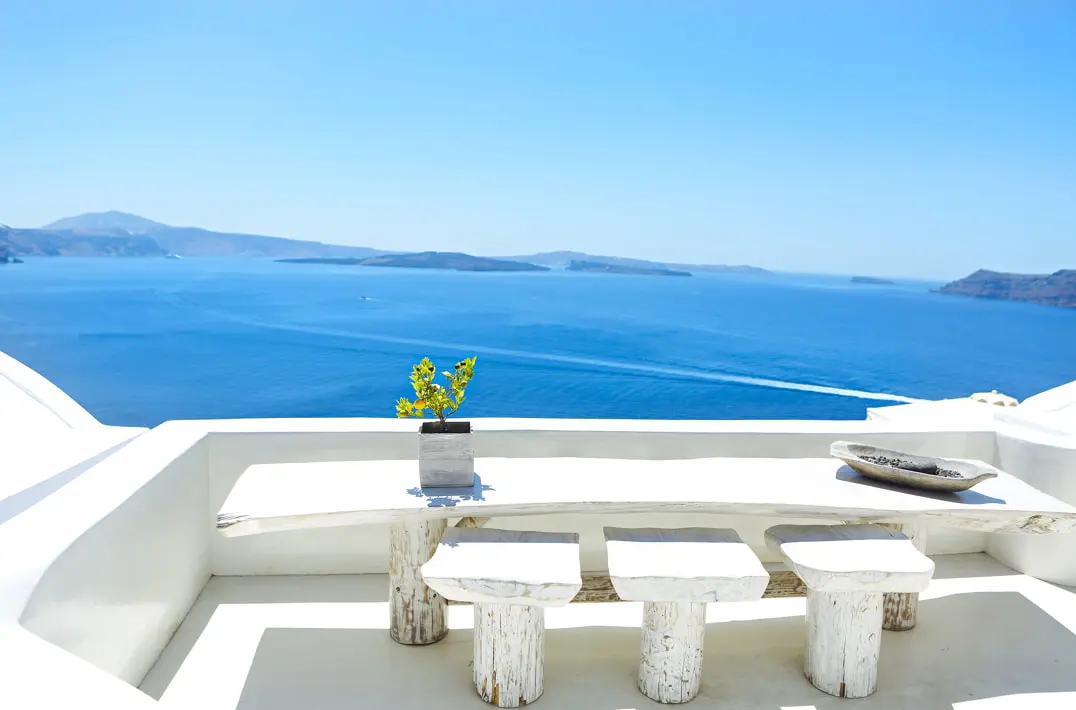
But are the decorative qualities enough to apply microcement on outdoor surfaces? The answer is yes, as it is one of the most resistant materials for coating outdoor surfaces.
Its high resistance to cracks is the best guarantee to secure high-end decoration finishes. Resistance is the glue that combines functionality with the aesthetic options that microcement offers.
Microcement on terraces
The terrace is a highly valued space for relaxation, disconnection, and direct contact with the outside. But it often takes effort to take full advantage of this part of the house. Microcement is a good ally to have a greater amplitude with a handcrafted and elegant design.
Microcement has the advantage that it adapts without problems to large and small spaces. It is an excellent option if the terrace is small or has different levels.
Furthermore, it is a product that can be played around with different pigments, allowing a greater customization than with other coatings.
The application of microcement on terraces offers excellent results as it is a decorative coating highly resistant to water and sudden temperature changes.
When applying the microcement on terraces, it is necessary to consider which product allows a finish with greater anti-slip capacity. At MyRevest, the MyRock microcement is manufactured to cover exteriors giving a stone-like appearance.
With the application of a sealing varnish, a waterproof coating will be achieved to reinforce the safety of the surface.
When choosing the thickness it is key to know how many layers the terrace floor will need. A space where it rains frequently is not the same as an area where there is constant exposure to the sun.
How much does the external microcement cost?
Microcement has become one of the most popular materials for coating walls and floors both indoors and outdoors. The versatility and resistance it offers makes it a very interesting option for any type of project, whether it is a home renovation or a commercial space works.
When choosing microcement for an outdoor project, many might think that the price will be much higher than for an indoor project. However, this perception is completely wrong. The final price of microcement for outdoor and indoor use depends on the same factors.
The state of the support is one of the most important factors to consider in the price of microcement. If the support has humidity issues, is not stable or requires prior fixes, this will increase the cost of the project. In addition, the square meter size of the surface to be coated and the complexity of the project itself will also influence the final price.
In the specific case of swimming pools, it is true that the price of microcement can be higher than in other outdoor or indoor projects. This is due to the fact that the application of microcement in pools is much more complex and requires more expensive labor. Moreover, it is necessary to use a microcement specially designed for swimming pools, to guarantee its resistance to corrosion and decoloration caused by the chemical products used to maintain the water.
It is important to remember that microcement for exteriors should be resistant to climate changes, rain, sun, snow, and ice. Therefore, it is necessary to choose a high-quality microcement with a warranty to ensure the final result is durable and resilient.
In conclusion, the price of microcement for exteriors and interiors does not vary significantly, except in the case of swimming pools. The key to securing a fair price and optimal result is to seek companies specialized in microcement application and choose high-quality products. In this way, a lasting result resistant to weather conditions and daily wear is guaranteed.
How to correctly apply microcement on exteriors
Are you considering applying microcement to your home's exterior? Excellent choice! Microcement is a very versatile and robust decorative coating that can add a modern and elegant touch to any outdoor surface, from floors to walls.
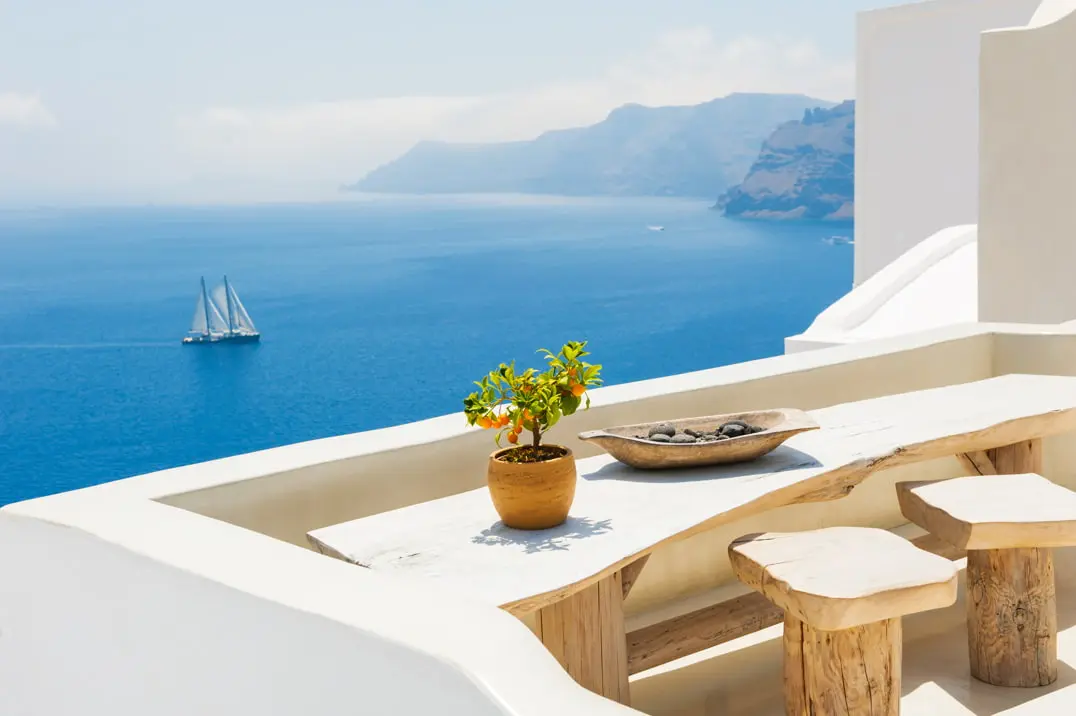
However, it's crucial that you understand that applying microcement outdoors requires a careful and detailed process to ensure a quality final finish. If you skip a step or do not perform it accurately, you could experience issues with the coating in the future.
For this reason, we present the six key steps you must follow to correctly apply microcement outdoors:
Condition the support: The first thing you should do is make sure that the surface to be coated with microcement is in good condition. If there are cracks, moisture, or any other problem, you must repair it before starting to apply the microcement.
Install the fiberglass mesh: The fiberglass mesh is a material which is placed over the surface to reinforce the future layer of microcement. This layer helps prevent cracks and enhances the coating's resistance.
Prime the surface: Before applying microcement, it is important to prime the support with an adhesion promoter. This layer aids in better sticking of microcement to the surface and prevents it from peeling off over time.
Apply the base microcement: Once the support is prepared, it's time to apply the base microcement. This material is applied in two coats and is the base on which the final coating is built.
Apply the finishing microcement: After the base microcement has completely dried, the finishing microcement is applied in two coats. This material is what gives the final finish to the coating and where colors and textures can be added to customize the design.
Sealing with varnish: Finally, the exterior microcement coating must be sealed with a good varnish. This step is very important to protect the coating from wear and tear and moisture.
In summary, if you want to apply microcement on the exterior of your home, be sure to follow these six steps carefully in order to achieve a spectacular and durable final finish. And remember, it is always recommended to have the help of a trained and experienced professional to ensure the success of the project. Let's get to work!
How is microcement applied to exterior floors?
If you are thinking of renovating the floor of your terrace or garden, microcement could be an excellent option for you. This material has become very popular in recent years for its strength, durability and versatility in design. But, how is microcement applied outdoors? We explain it here.
The first thing you should do is choose the type of microcement you want to use. We recommend MyRock, a microcement specially designed for exterior floors that offers great resistance to weather and abrasions.
The next step is to condition the support to be coated with microcement. It is important that the support is in good condition and, if not, it should be repaired. For this, a fiberglass mesh is placed on the future exterior microcement floor, which will help to reinforce the coating.
Once the support is ready, a primer should be applied to enhance the adhesion of the microcement. It is essential for this step to be performed correctly, as it largely determines the quality of the final finish.
Next, the first layer of microcement must be applied. In this case, an unpigmented layer of MyBase is used. Afterwards, two layers of MyRock, the finished microcement for outdoor floors that is already pigmented, are applied.
Finally, it is necessary to seal and protect the outdoor microcement floor. To do this, an acrylic water-based varnish MyCover is first applied in two layers. Then, two more coats of a polyurethane varnish from the MySealant family are applied to achieve even greater protection.
It is important to note that the application of microcement outdoors is a delicate process that must be carried out by a trained and experienced professional. In addition, it is critical to follow these steps rigidly to obtain an optimal and long-lasting result.
In summary, if you are looking to renovate the floor of your terrace or garden, microcement is an excellent option. By following the appropriate steps, you can enjoy a resistant, durable floor with a personalized design that adapts to your tastes and needs. Do not hesitate to contact a professional to advise you and carry out the application of outdoor microcement in a suitable way.
How is microcement applied to exterior walls?
Applying microcement to exterior walls is an excellent option to give a modern and elegant look to any facade. However, it is important to follow a series of steps to achieve a durable and attractive result. In this case, we will discuss the application of exterior microcement on walls, which differs in some aspects from the application process on floors.
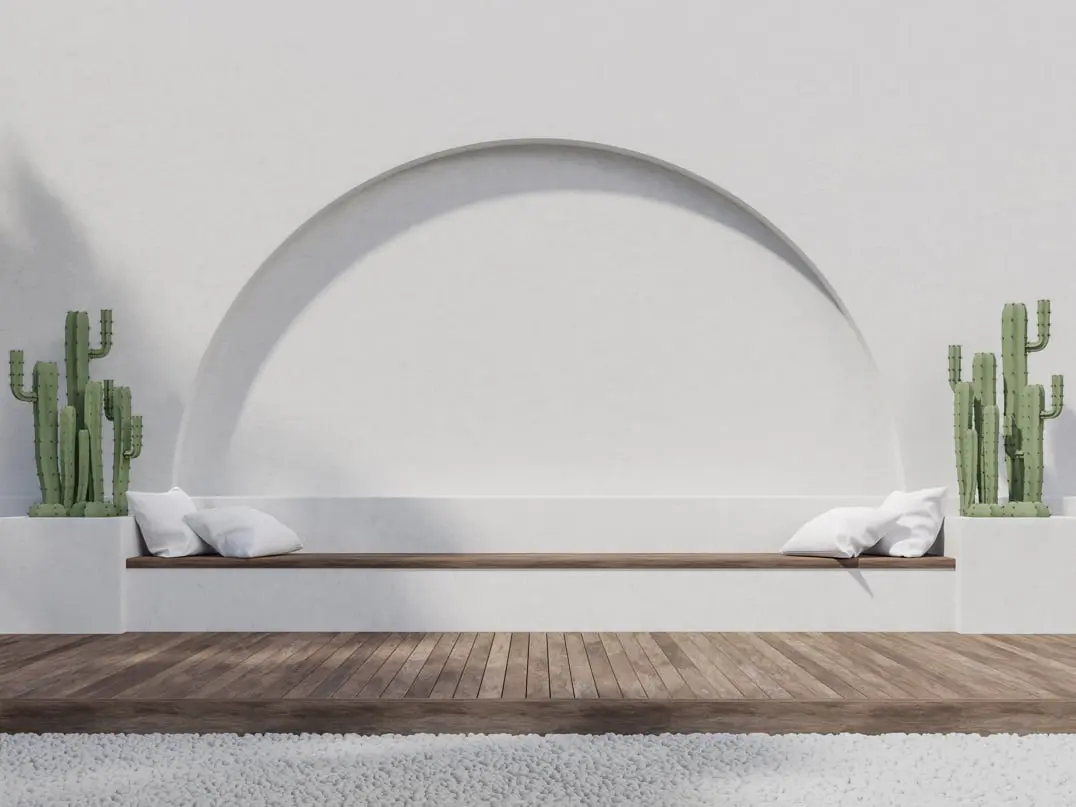
Firstly, it is important to highlight that there are several types of MyRevest microcements available for application on exterior walls: MyWall, MyWall OC and MyReady Go!. Each one has its own characteristics and advantages, so it is important to choose the most suitable one for each project. Once the type of microcement has been chosen, it is important to follow a series of steps for a proper application.
As for the application of exterior microcement on walls, it is important to apply a double layer of base microcement for greater durability and resistance. That is, before applying the finishing microcement, a first layer of base microcement must be applied and allowed to dry completely before applying the second layer. This will ensure better adherence and a more durable result.
Unlike the application of microcement on floors, in which a single layer of base microcement is used, in the application of exterior microcement on walls it is necessary to apply two layers for greater resistance and durability. After the second layer of base microcement, the finishing microcement is applied.
For the application of the finishing microcement, any of the previously mentioned MyRevest microcements can be used, depending on the needs and preferences of the project. Once the layer of finishing microcement has been applied, it must be allowed to dry completely before proceeding to the sealing and protection.
To seal and protect the exterior microcement on walls, two layers of MyCover acrylic water-based varnish and two additional layers of one of the MySealant family polyurethane varnishes must be applied. This will ensure adequate protection of the exterior microcement on walls and a result that is durable and resistant to weather conditions.
In summary, the application of exterior microcement on walls requires following a series of specific steps to achieve a durable and attractive result. It is important to apply a double layer of base microcement before the layer of finishing microcement, and to seal and protect the coating with a series of layers of varnish. With these steps, an elegant and modern facade can be achieved that withstands the test of time.
Exterior Microcement for professionals: MyRock
The use of microcement in outdoor areas is becoming increasingly popular thanks to its versatility and the numerous benefits it offers. There are a wide variety of microcements that can be applied in outdoor areas, but if a product that offers the highest performance is sought, MyRevest offers a complete solution: MyRock.
MyRock is a high-quality microcement that has been specifically designed to be used in outdoor areas. It offers exceptional resistance to abrasion, traffic, and temperature changes, making it the perfect choice for coating surfaces exposed to the weather. Additionally, its slip-resistant finish provides safety in high-traffic areas and its appearance is similar to that of natural stone.
At MyRevest, we take pride in offering a wide range of high-quality microcements, and all of them are capable of meeting the specific needs of pavements or facades exposed to climate changes. However, we strongly recommend the use of MyRock for outdoor areas, as it offers greater resistance and durability.
In terms of applying microcement outdoors, it's important to take into account the particularities of each surface. In the case of walls, the application of a double layer of microcement is recommended to ensure a resistant and long-lasting finish. In the case of floors, the process is slightly different, and the use of fiberglass mesh and primer on the future microcement floor is recommended, followed by a layer of unpigmented MyBase micro cement and two layers of pigmented MyRock, finishing with a protective sealer.
In summary, outdoor microcement is an excellent option to create modern and elegant environments. Choosing a high-quality microcement, like MyRock, ensures the resistance, durability and safety needed in outdoor areas. If you're thinking about renovating your outdoor space, don't hesitate to consider the use of microcement and at MyRevest we will be delighted to help you choose the best option for you.